(ThyBlackMan.com) So, you want to know about Black Thanksgiving?
That’s what sports writer Mike Wilbon calls NBA All-Star Weekend.
First of all, what you need to know about Wilbon, whom I love, is that he has been known to exaggerate just a touch on occasion. But on this one, he’s on point.
For those of us who cover the NBA for a living, like me and Wilbon — now an ESPN yakker and writer, formerly a Washington Post yakker and writer, and my friend –All-Star Weekend is a long four days of work.
But for most of the people who descend into town — this year it’s Los Angeles, with its still sparkling Staples Center and the surrounding “L.A. 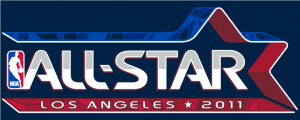 Live” area — it’s an opportunity to go wild (sometimes a little too wild, as happened in Las Vegas a few years ago) and get together.
Live” area — it’s an opportunity to go wild (sometimes a little too wild, as happened in Las Vegas a few years ago) and get together.
Other folks have Tweetups. Black people have All-Star Weekend, or ASW. It’s a national holiday, sort of.
ASW is the only time of the year that people call me. I don’t say that to be maudlin, ’cause most of the time, I don’t want people to call me. (Dirty little secret: I don’t really like talking on the phone.) But they come out of the woodwork this time of year, because NBA players are royalty in Black America, and everyone wants to be near them. The old saying is that ballers want to be rappers, and rappers want to be ballers. That’s really, really true.
Basketball is a culture. It isn’t for everyone, though the game is loved by people of all colors. There is a rhythm to it, just as if McCoy Tyner was dribbling a ball instead of playing piano.
“Considering that the culture of basketball in a predominantly black league like the NBA is so strongly connected to African American culture, the NBA All-Star weekend has turned into a celebration of African American culture by extension,” says Todd Boyd, professor of critical studies at the University of Southern California School of Cinematic Arts.
The season begins just as baseball’s ends, when the days grow short and the weather turns windy and cold. The tempo is slow at first, like the beginning strains of John Coltrane’s “A Love Supreme,” but then, just as with Coltrane, it picks up steam. Rookies like the Clippers’ Blake Griffin find their voice, and their game blossoms, as the calendar turns to a new year. While older, wiser veteran players and teams tinker here and there, not much interested in the daily standings, knowing that the important games come in the spring. They can wait.
The NBA Twitterverse keeps track of it all, a nightly update on who’s up, who’s down. It’s a community that needs no self-adulation, no monstrous celebration of itself, like the NFL and its Super Bowl, which is fine if you like naked commerce wrapped in patriotism.
ASW is an integral part of the calendar, a time for assessment. Coming less than a week before the NBA’s trade deadline, it is a time when teams take a look at their roster and decide whether its good enough to be a contender, or if it’s time to start rebuilding for next season.
Sure, new shoes from stars like Kobe Bryant are launched during ASW, and the street vendors try to make a buck selling knockoff Ts. But more than anything, ASW is about access. Because basketball players in general — and NBA players in particular — are so visible to their fans, there is a sense of closeness to them that people don’t have toward football stars. In football, you root for the uniform. In basketball, you root for Kobe or LeBron James. And so, having the opportunity to be close to them in a social setting trumps all good common sense and proportion.
People will drive for eight hours, fly across the country, take a stagecoach, whatever it takes. Most people who come to ASW, you see, have no tickets for anything. They certainly have no tickets for the game or the dunk contest or three-point shooting contest. (The NBA doles out most of the seats to their corporate partners and those partners’ families and friends).
The hope is to get into the numerous, almost unending parties that promulgate the weekend. They’re like our solar system. The parties furthest from the orbit of actual NBA players are usually the cheapest and easiest to get into, no more difficult than a garden variety Friday night at your local hip-hop spot.
Then there are parties “sponsored” or “hosted” by an All-Star (Allen Iverson was famous for these), where there’s a chance the actual player will show up at some point. If they do, it’s usually late in the evening, after they’ve gone to the more swank parties. They’re almost always surrounded by security and quickly wind up in the VIP section, walled off from their adoring fans. (Although, truth be told, occasionally a young, attractive woman may, somehow, be let inside the velvet ropes.)
Then there are parties that the All-Stars actually sponsor, usually for a charity or some such cause, such as Magic Johnson and Alonzo Mourning’s celebrity pool tournament. The “Players’ Party,” sponsored by its union, is the most sought-after ticket of ASW. The few tickets and passes to these events go out quickly and quietly to assorted friends, sponsors, media (yes, I get invited to a few) and fellow ballers. Unless you have an “in,” these are very difficult to get into. Which is why people call. I try not to have tickets on purpose for this very reason; somehow, word always leaks out when you have an extra pair, and you suddenly become the most interesting man in the world.
But it really doesn’t matter to a lot of folks if they get into any of these events. The important thing is being there — with your best girlfriend, or the fellas, or your frat. There may be some people who try to take advantage of all the money and the bling that come to town. But that’s not the vibe that runs through ASW. It’s a party, to be sure. But it also is a family portrait.
“Baseball’s Negro League All-Star Game was once the biggest national black social event of the year.” Boyd of USC said. “It seems that the NBA All-Star Game serves a similar purpose now, but on a much bigger platform.”
Warts and all, it celebrates the extended community –the incredible athletic, improvisational ability of the NBA’s best players; the incredible economic power of those stars, the sway they hold over the media and corporate America, a reality that would not have been thinkable 40 years ago.
Written By David Aldridge
Official website; http://twitter.com/daldridgetnt
















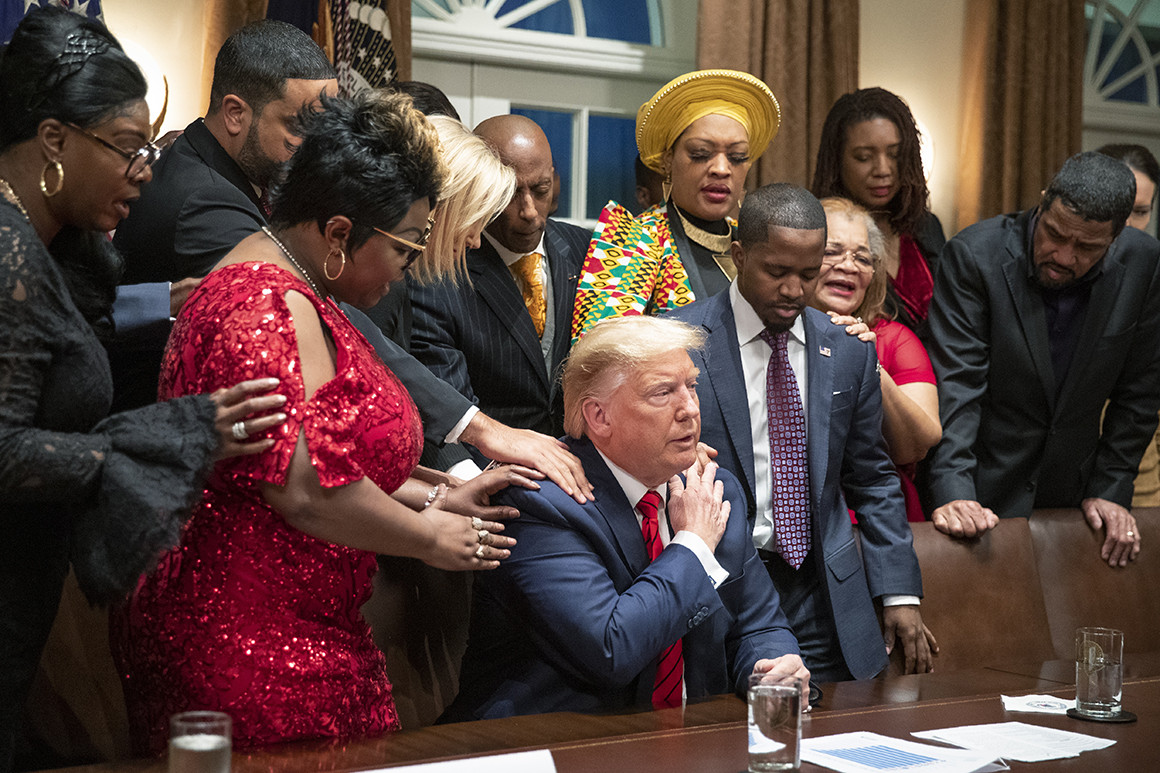
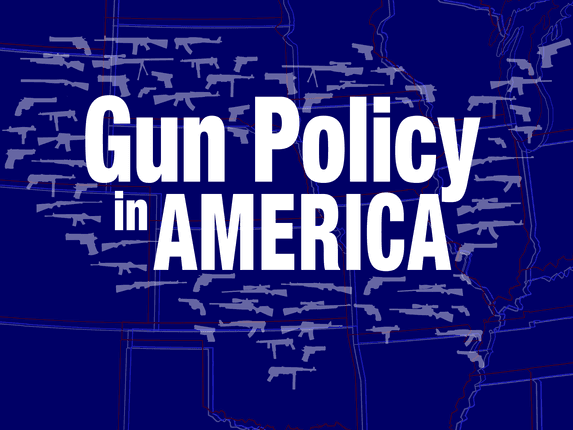
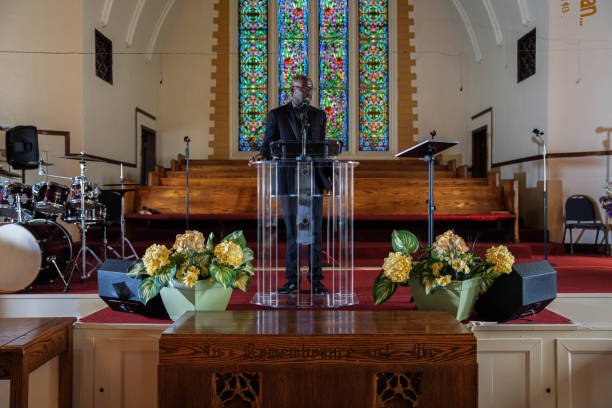
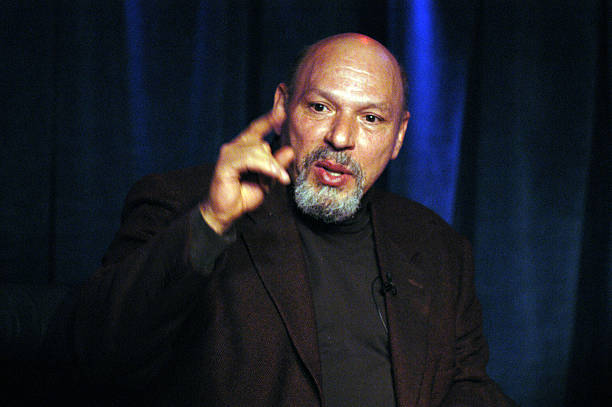
Leave a Reply